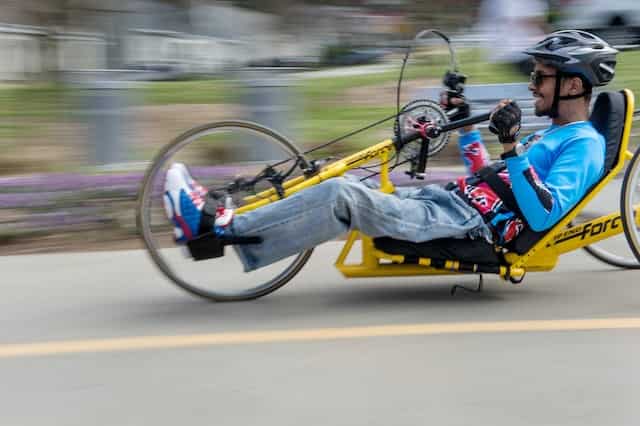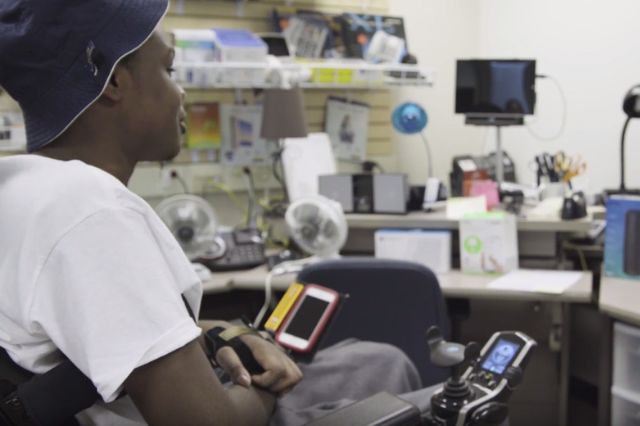What is assistive technology?
Assistive technology is any piece of equipment, software program, or product system that increases, maintains, or improves the functional capabilities of persons with disabilities. These extensive tools span from low-tech to high-tech and are tailored to individual needs, preferences, and user-specific goals.
Who can benefit from assistive technology?
People who can benefit from assistive technology include those with:
- Mobility barriers due to traumatic injury, paralysis, amputation, or other conditions
- Visual barriers due to blindness or low vision
- Hearing loss
- Cognitive and learning disabilities
- Speech or communication-related disabilities
- Neurological conditions like cerebral palsy, multiple sclerosis, or traumatic brain injury
- Older adults experiencing age-related challenges
Examples of Assistive Technology
Low-tech Assistive Technology
Low-tech assistive technology refers to simple, often non-electronic tools or devices that are designed to assist individuals in performing daily tasks. Some examples of low-tech assistive technology include communication boards, mouth sticks, zipper pulls, pen grips, or magnifiers.
Examples of Low-Tech Assistive Technology

Grips
Grips, made of flexible materials like rubber or foam, are designed to be slipped onto a stylus or pen, providing a more comfortable and ergonomic grip for individuals with finger and hand weaknesses.

Cup Holder Attachments
Attached to a wheelchair, cup holders provide a secure space to keep a beverage, eliminating individuals needing to hold a drink between their legs or manage it with one hand.

Cell Phone Mounts
Cell phone mounts provide easy and convenient access to the device without the need to hold it. The mounts are adjustable, allowing users to position their phones at the most comfortable and accessible angle.
High-tech assistive technology
High-tech assistive technology is more sophisticated, featuring digital or electronic components, often with computerized functionalities. High-tech assistive technology can include custom wheelchairs, door openers, speech recognition programs, text-to-speech systems, environmental control units, and more.
Examples of High-Tech Assistive Technology

Hand Controls
Hand controls integrated into adaptive vehicles feature sophisticated electronic and mechanical systems, empowering individuals with mobility impairments to operate a vehicle safely. These controls are adaptable, allowing customization to meet the needs and preferences of the driver.

Motion Sensor Glasses
GlassOuse motion sensor glasses facilitate hands-free interaction with computers or iPads using subtle head movements. Head gestures are tracked by motion sensors, translating them into on-screen cursor movements, and a bite switch functions as a click.

Sip-and-Puff Devices
Sip and Puff devices enable users to input commands by "sipping" or "puffing" air into a wand resembling a straw. This action generates air pressure, activating specific commands for the wheelchair, like moving forward and backward and turning left and right.
The Center for Assistive Technologies at Shepherd Center
At the Center for Assistive Technologies, we uniquely understand challenges related to reduced mobility and impaired cognitive functions and offer personalized solutions supporting rehabilitation and recovery. Situated within Shepherd Center, a top-ranked neurorehabilitation hospital, our Center is actively immersed in testing, developing, and modifying assistive technologies.





